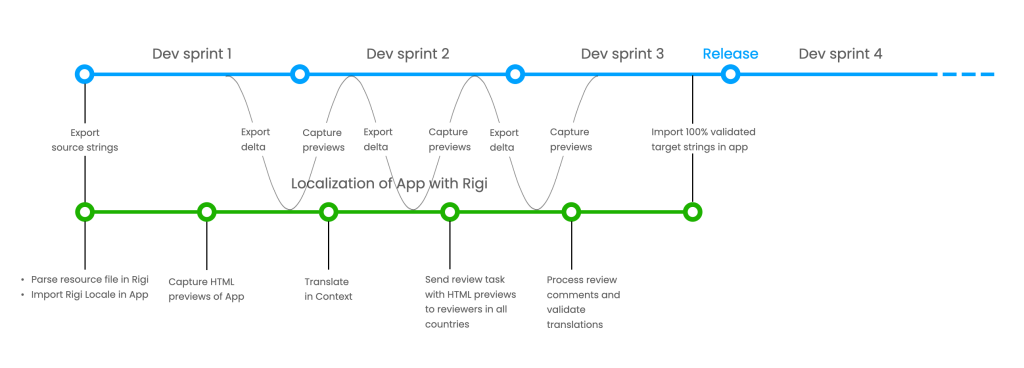Improve your UI Localization using Rigi with LDX hub
Advantages of Localizing UI’s While Confirming Screens Guest contribution of Kozo Moriguchi, President and CEO of our liaison Kawamura International in Tokyo, Japan Software localization typically involves translating a variety of materials such as online help pages, training materials, marketing content, usage statements, labels, and user interface (UI)…
Read more >



